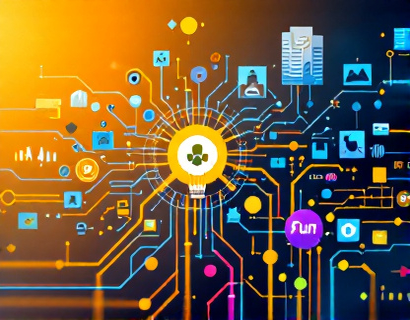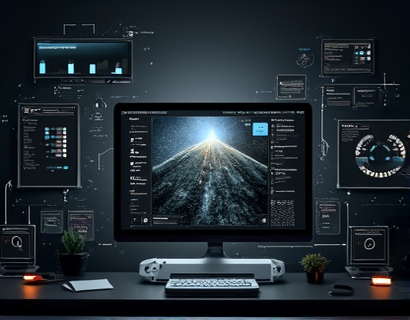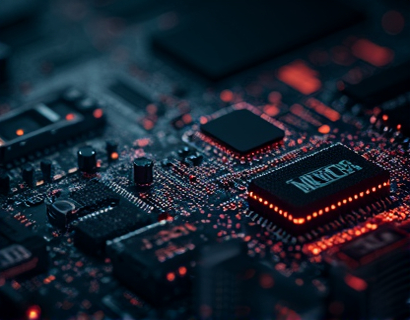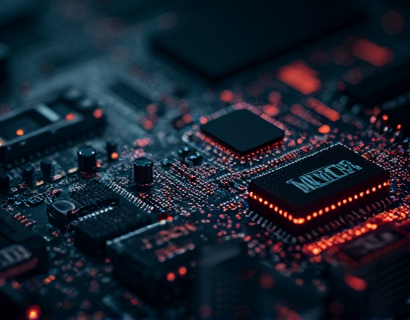Advanced Multi-Account Login Security: Simplify Digital Life with Cutting-Edge Authentication Technology
In the digital age, managing multiple online accounts has become an everyday task for tech-savvy individuals. Each new service or application often requires creating another set of credentials, leading to a complex web of usernames and passwords. This not only increases the risk of password-related security breaches but also makes accessing your accounts a cumbersome process. To address these challenges, advanced authentication technologies have emerged, offering a blend of robust security and user convenience. This article delves into the world of cutting-edge login security solutions, exploring how they simplify your digital life while ensuring your credentials remain protected and easily accessible across all your favorite sites.
The primary goal of these advanced security solutions is to merge advanced security features with a user-friendly interface. This approach ensures that users can enjoy a seamless and safe online experience without compromising on the protection of their sensitive information. One of the key aspects of these solutions is multi-factor authentication (MFA), which adds an extra layer of security beyond just usernames and passwords. MFA typically involves something you know (password), something you have (smartphone or security token), and sometimes something you are (biometric data).
Multi-factor authentication significantly reduces the risk of unauthorized access. Even if a password is compromised, the attacker would still need the second factor to gain entry. This dual-layer security is crucial in today's landscape where cyber threats are becoming increasingly sophisticated. Advanced authentication technologies take this a step further by implementing adaptive MFA, which adjusts the level of authentication based on the risk level of the login attempt. For instance, if a login is attempted from an unfamiliar device or location, the system might require additional verification steps.
Another critical feature of these advanced login security solutions is passwordless authentication. Traditional password-based systems are vulnerable to various attacks, including phishing and brute-force attacks. Passwordless authentication methods, such as biometric verification (fingerprint or facial recognition) or one-time passcodes sent to your mobile device, eliminate the need to remember complex passwords. This not only enhances security but also improves user experience by removing the hassle of managing multiple passwords.
To manage multiple accounts securely and efficiently, a centralized authentication service is invaluable. These services act as a single point of entry for all your online accounts, storing your credentials securely and allowing you to access each account with a single set of login details. This centralization not only simplifies the login process but also provides a comprehensive overview of all your accounts in one place. In case of a security breach, the impact is contained, as the centralized service can revoke access across all linked accounts instantly.
One of the most significant advantages of these advanced login security solutions is their ability to integrate seamlessly with various platforms and applications. Whether you're using a web browser, mobile app, or desktop software, these solutions can adapt to different environments, ensuring consistent security and usability. This cross-platform compatibility is essential for users who switch between devices frequently, providing a unified security experience regardless of the device or browser in use.
Security is not just about preventing breaches; it's also about providing peace of mind to users. Advanced authentication technologies often include features like activity monitoring and alerts. These features track login attempts and notify users of any suspicious activity, such as logins from unknown locations or devices. This real-time monitoring allows users to take immediate action if they detect any unauthorized access, further enhancing their security posture.
User convenience is a cornerstone of these advanced login security solutions. A well-designed user interface ensures that the security features are accessible and easy to use, even for those who may not be tech-savvy. Intuitive design elements, such as clear navigation, straightforward setup processes, and helpful tooltips, make it simple for users to set up and manage their accounts securely. This focus on user experience ensures that security does not come at the cost of usability.
Another important aspect is the scalability of these solutions. As users acquire more accounts or as new security threats emerge, the authentication system should be able to adapt and grow. Scalable solutions can handle an increasing number of accounts and integrate with new services without requiring significant changes to the existing setup. This flexibility is crucial for both individual users and organizations with a large number of users and devices.
In addition to individual users, businesses and organizations can greatly benefit from advanced login security solutions. These solutions can be implemented on a corporate scale, providing a secure and efficient way to manage employee access to various internal and external systems. Single Sign-On (SSO) is a popular feature in this context, allowing employees to access multiple applications and services with a single set of credentials. This not only simplifies the login process but also enhances security by reducing the number of password-based logins.
For organizations, the centralized management of user credentials through these advanced solutions also simplifies administrative tasks. IT departments can easily onboard new employees, revoke access for departing staff, and enforce security policies across the entire organization. This centralized control helps maintain a consistent security standard, reducing the risk of internal threats and ensuring compliance with regulatory requirements.
The implementation of advanced authentication technologies also aligns with the growing emphasis on privacy and data protection. With regulations like the General Data Protection Regulation (GDPR) and the California Consumer Privacy Act (CCPA) setting strict standards for data security, these solutions help organizations meet compliance requirements by providing robust security measures. By protecting user data effectively, these solutions build trust and demonstrate a commitment to user privacy.
Moreover, the integration of artificial intelligence (AI) and machine learning (ML) in these authentication systems further enhances security. AI-driven analytics can detect patterns and anomalies in user behavior, identifying potential security threats before they result in breaches. ML algorithms can continuously learn from new data, improving the accuracy of threat detection over time. This proactive approach to security is a significant advantage over traditional static security measures.
For tech-savvy individuals seeking enhanced online security, the benefits of these advanced login security solutions are clear. They offer a balance of robust protection and ease of use, addressing the dual concerns of security and convenience. By adopting such solutions, users can enjoy a more streamlined and secure digital experience, free from the hassle of managing multiple passwords and the constant worry of potential security breaches.
In conclusion, the future of online authentication is moving towards a more integrated, intelligent, and user-friendly approach. Advanced multi-account login security solutions are at the forefront of this evolution, providing a comprehensive framework that combines cutting-edge technology with a focus on user experience. As these solutions continue to develop, they will play an increasingly vital role in safeguarding our digital lives, making the internet a safer and more accessible place for everyone.










































